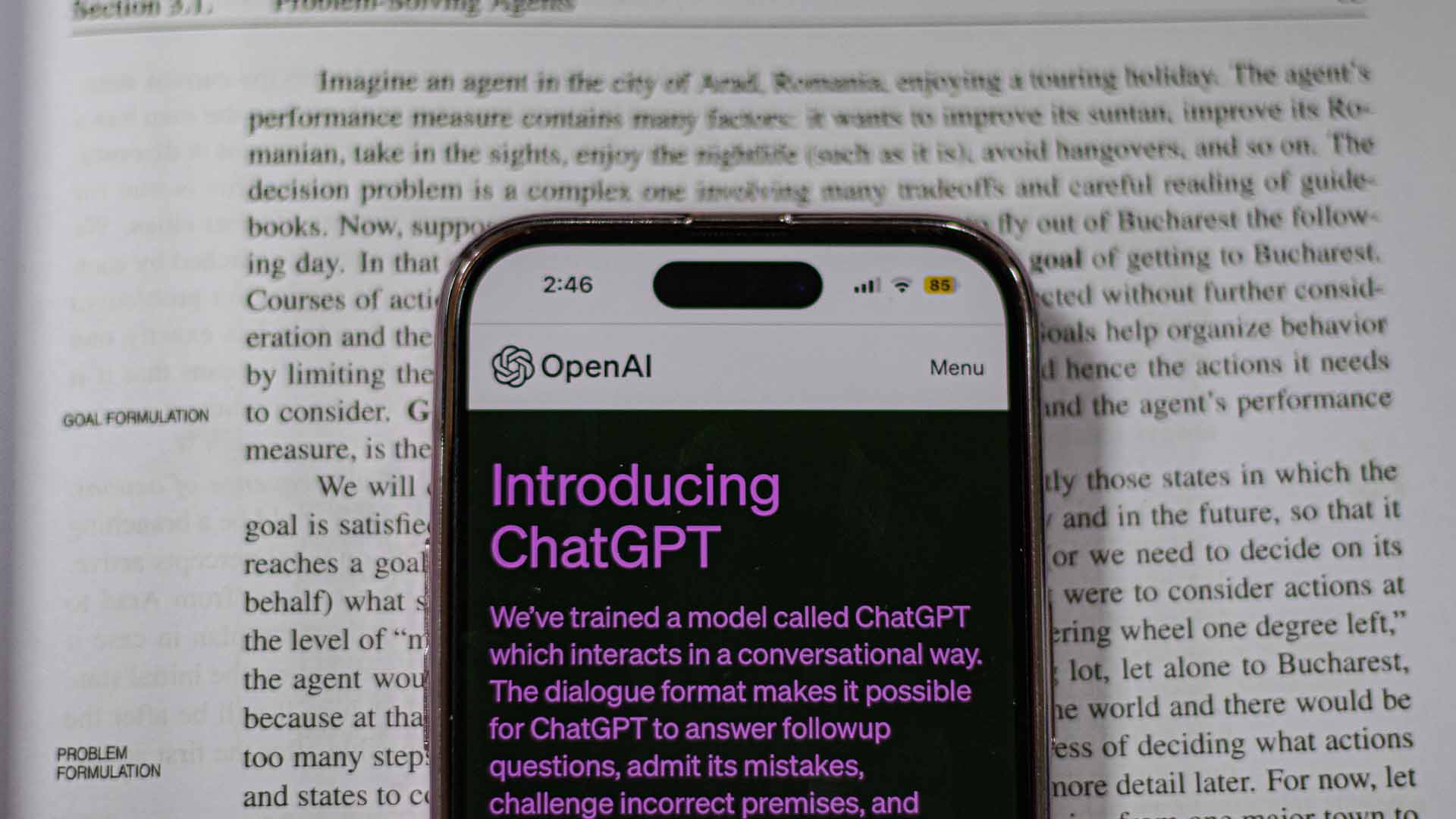ChatGPT
OpenAI launches Study Mode in ChatGPT for step-by-step learning
Instead of getting a quick answer, users are encouraged to understand why something works.

Just a heads up, if you buy something through our links, we may get a small share of the sale. It’s one of the ways we keep the lights on here. Click here for more.
OpenAI is launching a new Study Mode in ChatGPT to help students learn more effectively by guiding them through problems step-by-step, rather than just providing direct answers.
This new feature is available starting today for Free, Plus, Pro, and Team users, and will roll out to ChatGPT Edu users in the coming weeks.
When Study Mode is turned on, ChatGPT uses interactive learning techniques like Socratic questioning (asking guiding questions), hints, and self-reflection prompts to help users think through their problems.
Instead of getting a quick answer, users are encouraged to understand why something works.
The responses are organized into easy-to-follow sections, showing how different ideas are connected. Study Mode can also provide quizzes to reinforce learning.
OpenAI says the tool adjusts to each user by assessing their skill level and remembering past interactions. That means lessons can become more personalized over time.
The goal is to turn ChatGPT into a better learning assistant, not just a shortcut to answers.
This move is part of a larger trend, as tech companies compete to become students’ go-to AI tool.
Rival AI company Anthropic, for example, introduced a similar Learning Mode for its chatbot, Claude, in April.
These tools aim to make studying more engaging and interactive, potentially steering students away from simply copying AI-generated answers.
However, since Study Mode is optional, it’s up to students to choose to use it for real learning.
OpenAI says there’s currently no way for parents or teachers to force students to stay in Study Mode.
OpenAI developed Study Mode using insights from teachers, scientists, and education experts.
They’ve used custom instructions so the system can quickly learn and improve based on student feedback, even if that means a few inconsistencies along the way.
In the future, OpenAI plans to add new features like better visuals, tools for setting study goals across conversations, and more personalized experiences.
Do you think Study Mode will genuinely help students learn better, or will most just switch it off to get quick answers? Should there be controls to prevent students from bypassing educational AI features? Tell us below in the comments, or reach us via our Twitter or Facebook.
























